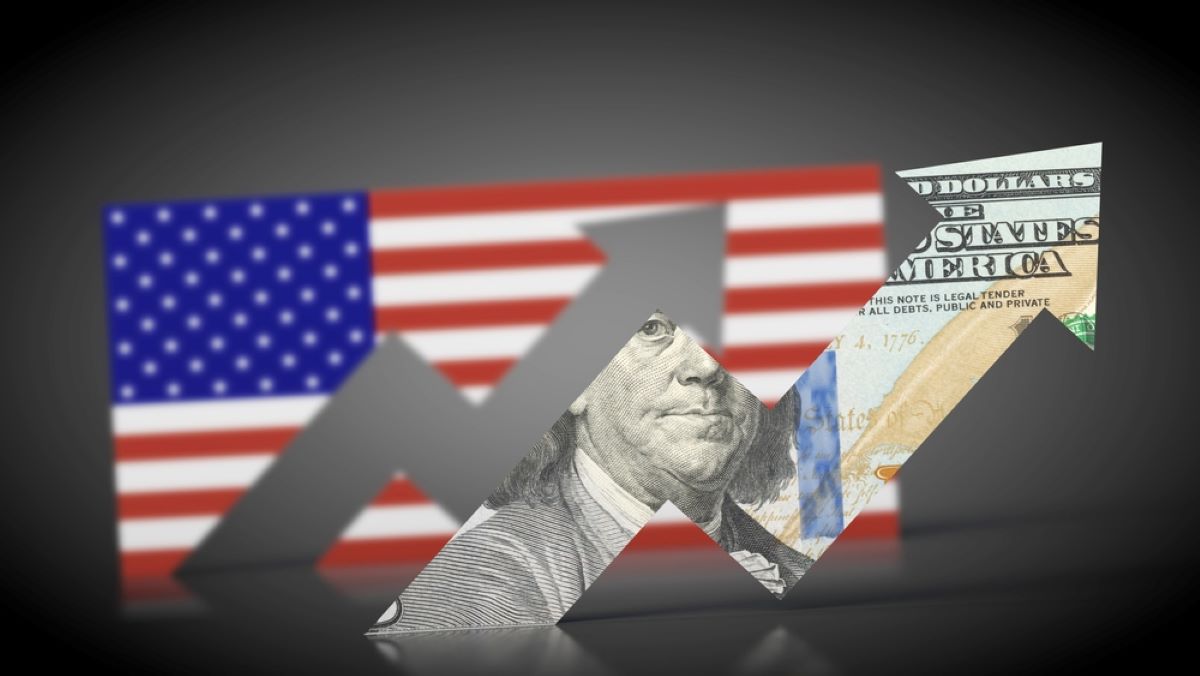U.S. inflation posted its biggest monthly increase this year in August, as consumers faced rising energy prices and a variety of other elements.
The U.S. consumer price index, which measures costs across a wide range of goods and services, rose seasonally adjusted 0.6 percent for the month and 3.7 percent from a year ago, the Labor Department said.
Economists surveyed by Dow Jones were looking for increases of 0.6 percent and 3.6 percent. Both figures rose 0.2 percent and 3.2 percent in July.
Given this rise, all eyes are on the U.S. central bank, which meets next week to decide on interest rates.
On Friday, U.S. Federal Reserve Chairman Jerome Powell said the U.S. central bank was ready to “raise interest rates if necessary” and would continue its tight monetary policy until inflation moves toward the 2 percent target.
The Federal Reserve has raised interest rates 11 times since last year in a bid to rein in inflation, which remains above its target of 2 percent.
U.S. statistics showed the base rate, which excludes food and volatile energy prices, fell year-on-year to 4.3 percent, its lowest level in nearly two years.
US President Joe Biden said in a statement: “Today’s report shows that core inflation is heading towards pre-pandemic levels at a time when employment remains strong.”
He acknowledged that the increase in fuel prices has affected citizens’ budgets, adding that he remains “focused on reducing energy costs.”
Energy prices fueled much of the gains, rising 5.6 percent during the month, an increase that included a 10.6 percent rise in gasoline prices.
Food prices rose by 0.2 percent while shelter costs, which account for about a third of the CPI weight, rose by 0.3 percent.
Airline tickets jumped 4.9 percent but are still down 13.3 percent from a year ago.
Used car prices, which contributed significantly to inflation during their rise in 2021 and 2022, fell 1.2 percent and 6.6 percent year-on-year respectively. Transportation services rose 2 percent in the month.
Read: Expected U.S. and Chinese inflation data weigh on market performance
The jump in headline inflation hit workers’ salaries. The Labor Department said in a separate statement that real average hourly earnings fell 0.5 percent for the month, although it was still up 0.5 percent from a year ago.
The data comes as Fed officials look to take a long-term approach to solving the inflation problem.
In a series of increases that began in March 2022, the central bank boosted its benchmark borrowing rate by 5.25 percentage points in a bid to tackle inflation that was at a more than 40-year high in the summer of 2022.
Recent statements from officials have indicated a more cautious approach in the future. While policymakers preferred to overtighten monetary policy, they now see risks as more balanced and appear to be more cautious about future hikes.
For more news on the economy, click here.








